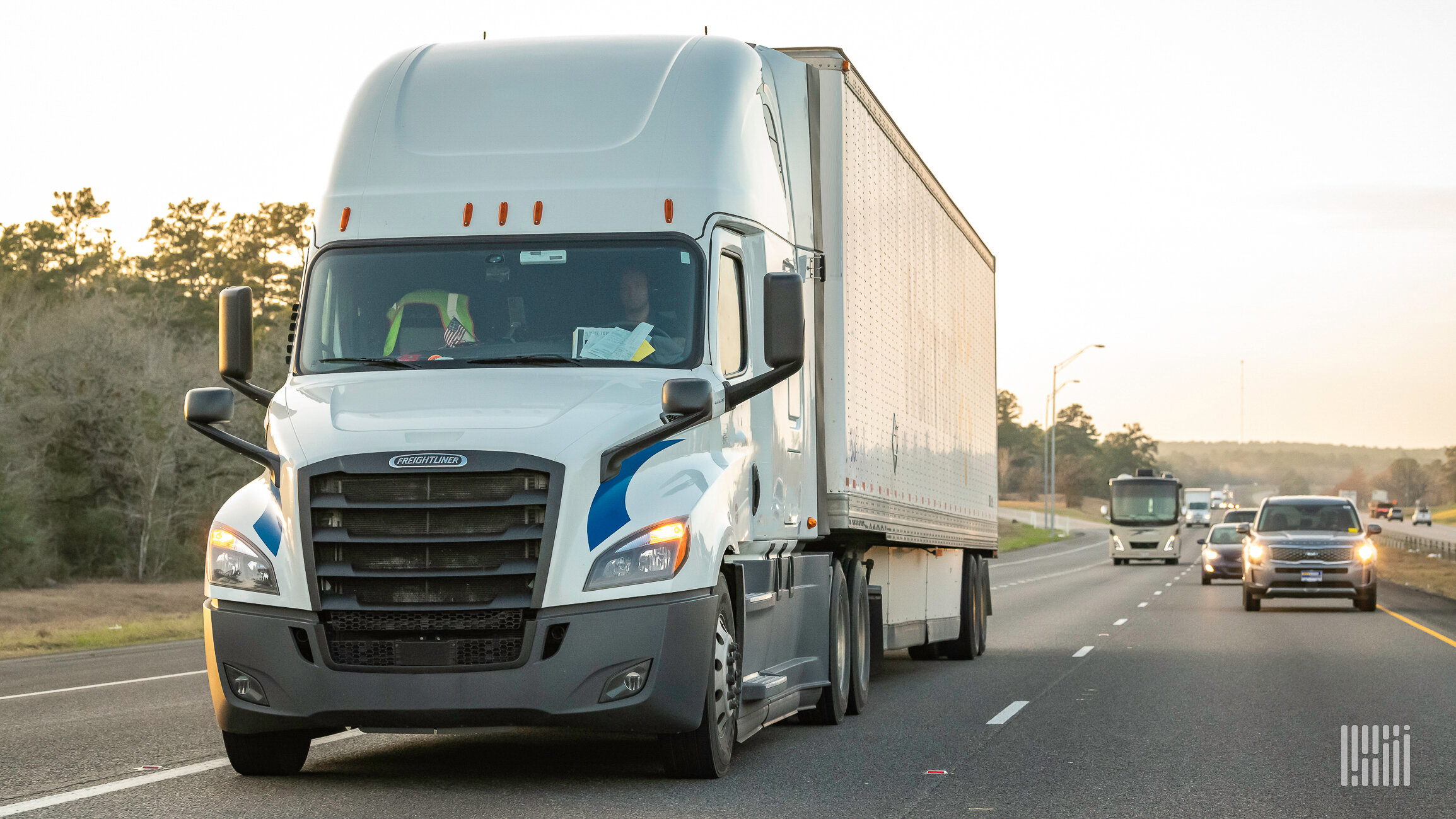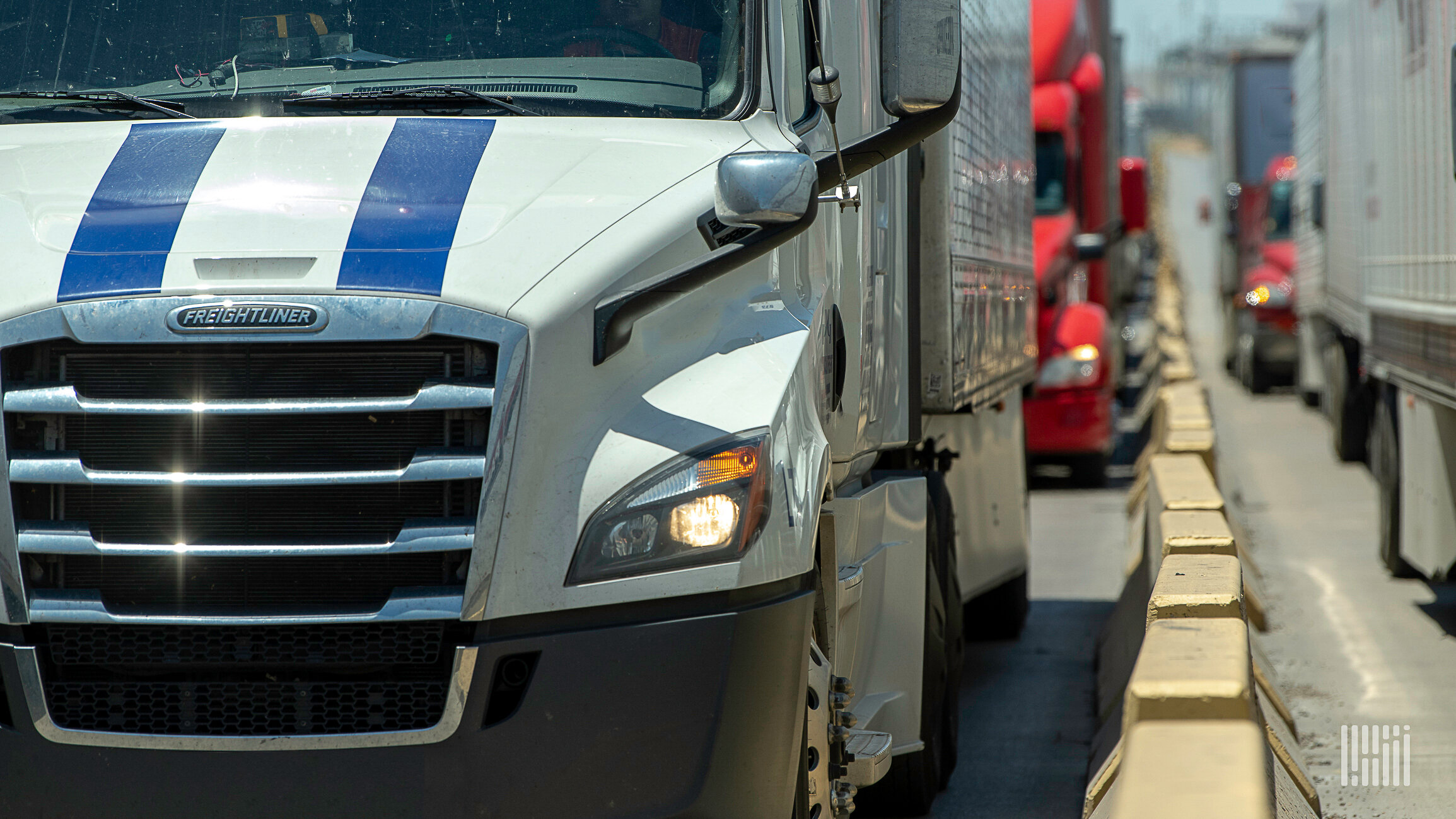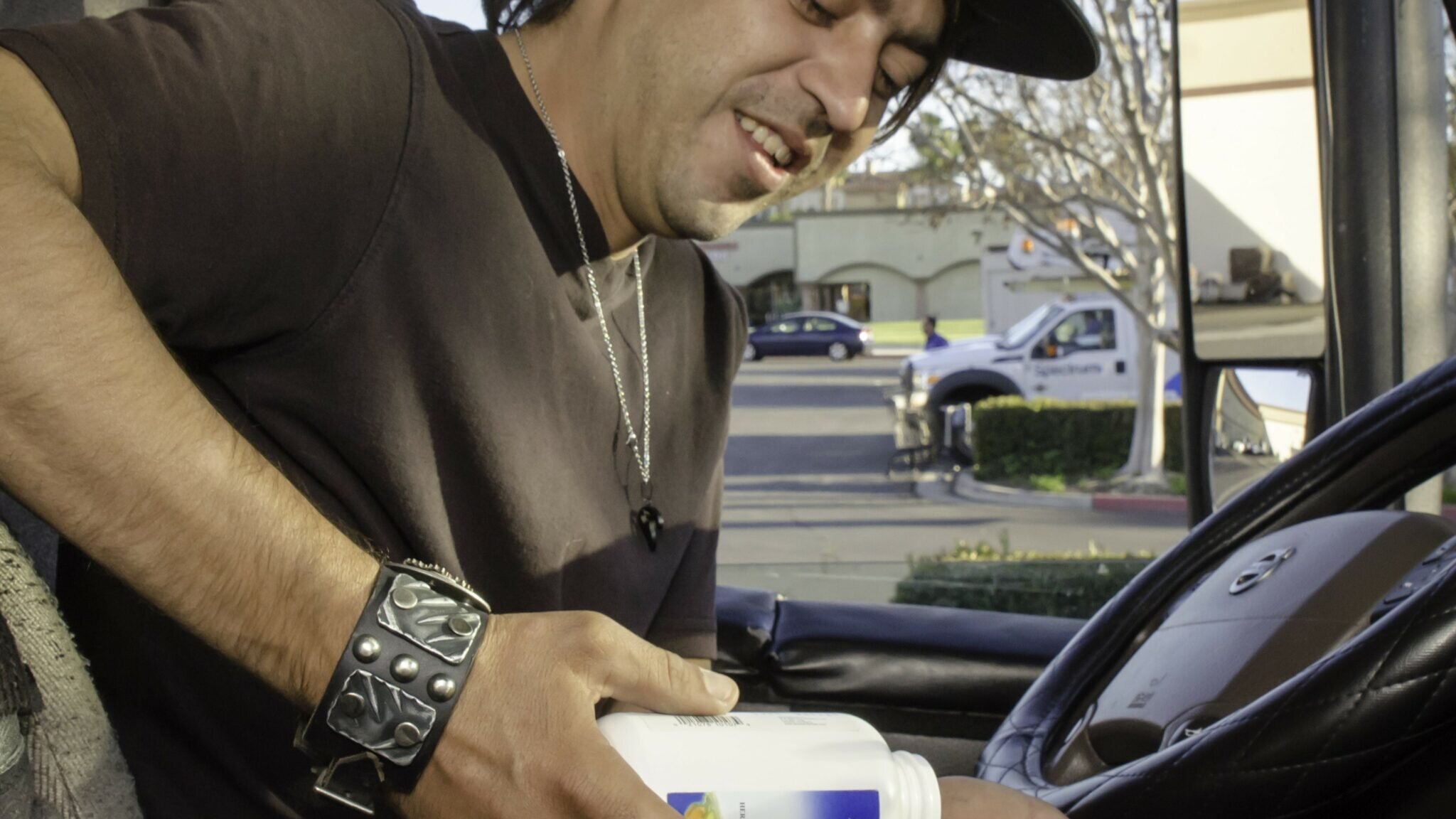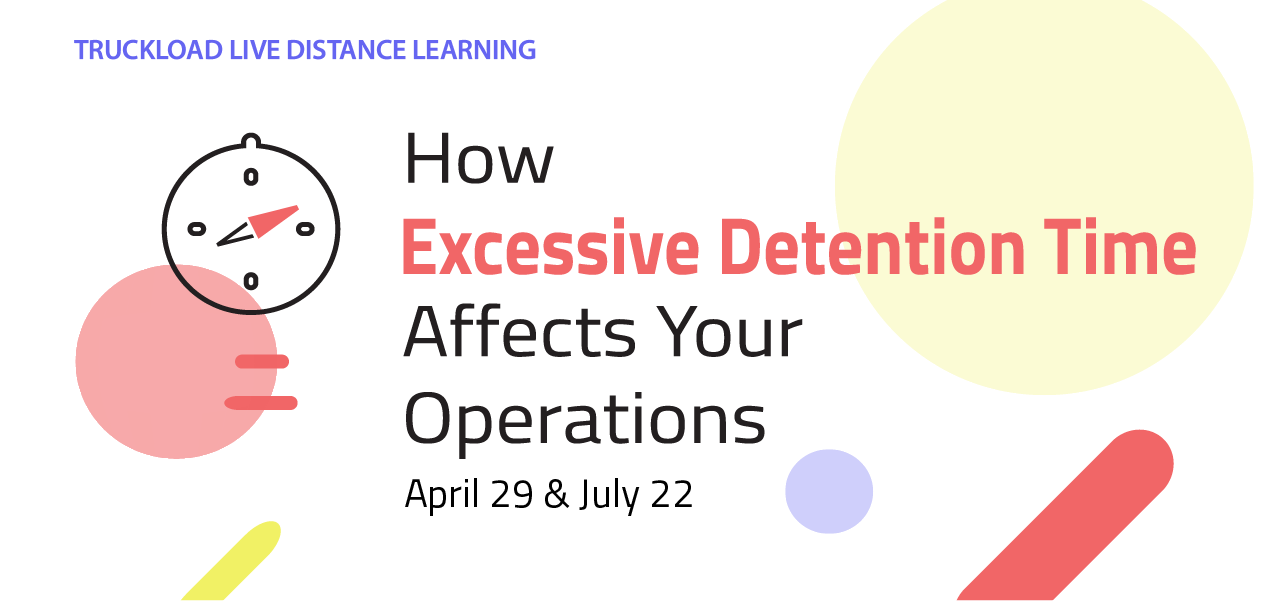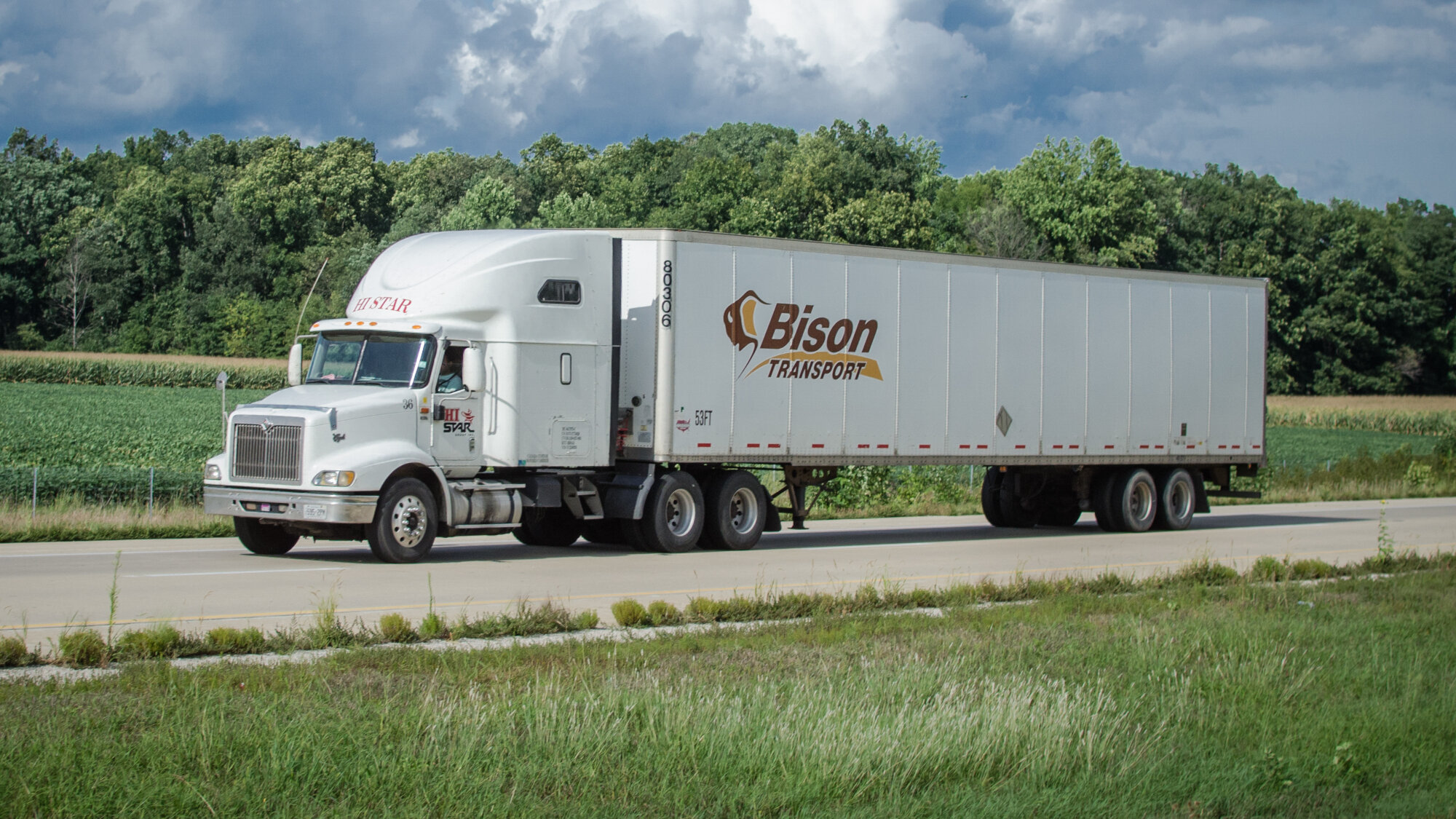
(Photo: United States Department of Agriculture)
Five years ago, I first read a book called The Power of Habit: Why We Do What We Do in Life and Business by Charles Duhigg. I have since re-read this powerful book three times. The Power of Habit introduces the reader to the concept of Keystone Habits. Keystone Habits can be defined as foundational habits which have the power to transform nearly every facet of your business (and perhaps your life). As an example of a corporate Keystone Habit, Duhigg details the tenure of Paul O’Neill at the helm of Alcoa (at the time, the world’s third largest producer of Aluminum). When Mr. O’Neil joined Alcoa in 1987, the company had suffered through a long period of stagnation. This put O’Neill under immense pressure to right the ship and deliver results.
Mr. O’Neill quickly figured out that in order to stimulate growth, profits, and employee morale, he had to find a way to motivate the entire company aside from typical financial incentives. In his first investor analyst meeting, instead of focusing on the regular ratios, projections and competitive discussions, Mr. O’Neill decided to focus on something which can now be described as a ‘Keystone Habit’, and that was Worker Safety. He told the group of analysts that he intended to transform the company into one of the safest companies in America. The goal – Zero Injuries.
Obviously, the analysts in attendance were skeptical, as was most of Wall Street. They wanted to hear about earnings, market share, gross margin etc. Many didn’t realize that this focus on a Keystone Habit had the effect of uniting everyone from the Boardroom to the Factory Floor. The results? During his tenure from 1987 to 1999, Alcoa’s market value rose from $3 billion to $27 billion, while net income rose from $200 million to $1.84 billion. Better yet, Mr. O’Neill successfully transformed the company into one of the safest industrial organizations in the world.
What can we learn from this? When companies go through the process of developing its Mission, Vision, and Values, typically at least one stakeholder is usually left out of the mix (either directly or indirectly). Customers, Employees and Shareholders should all be ‘captured’ in corporate goals and missions. Further, most of the corporate mission statements I come across are excruciatingly vague, they become placeholder text (or were copied and pasted from another company). What if your company decided to scrap that vague mission statement and focus on something that is not only going to drive profits, but also employee and customer satisfaction?
As perfect example in our industry, Bison Transport has spent over a decade focusing intensely on Safety. Their Keystone Habit is ensuring that every employee’s primary focus is getting their drivers home safe and uninjured. Their corporate motto “You’re Safe With Me”, has quite literally transformed them into North America’s safest motor carrier. As a result, Bison recently was nominated (once again) for the Truckload Carrier’s Safety Award for Large Carriers, an award they’ve won for thirteen consecutive years! This award recognizes those companies in North America with the most accident-free miles. Since Bison isn’t a publicly traded company, we are unable to draw a direct correlation between safety and profitability, however it is safe to make the hypothesis that Bison would not invest so much of their capital in safety if it did not produce an ROI. To reinforce this fact, every single one of the carriers in the top quartile for performance in the TPP program, also happen to be in the top quartile with respect to their cumulative CSA Basic Scores and Percentiles. Don’t let anyone ever tell you that Safety is a sunk cost – it is a profit center!
Now it’s time for you to decide, what’s going to be your Keystone Habit?












